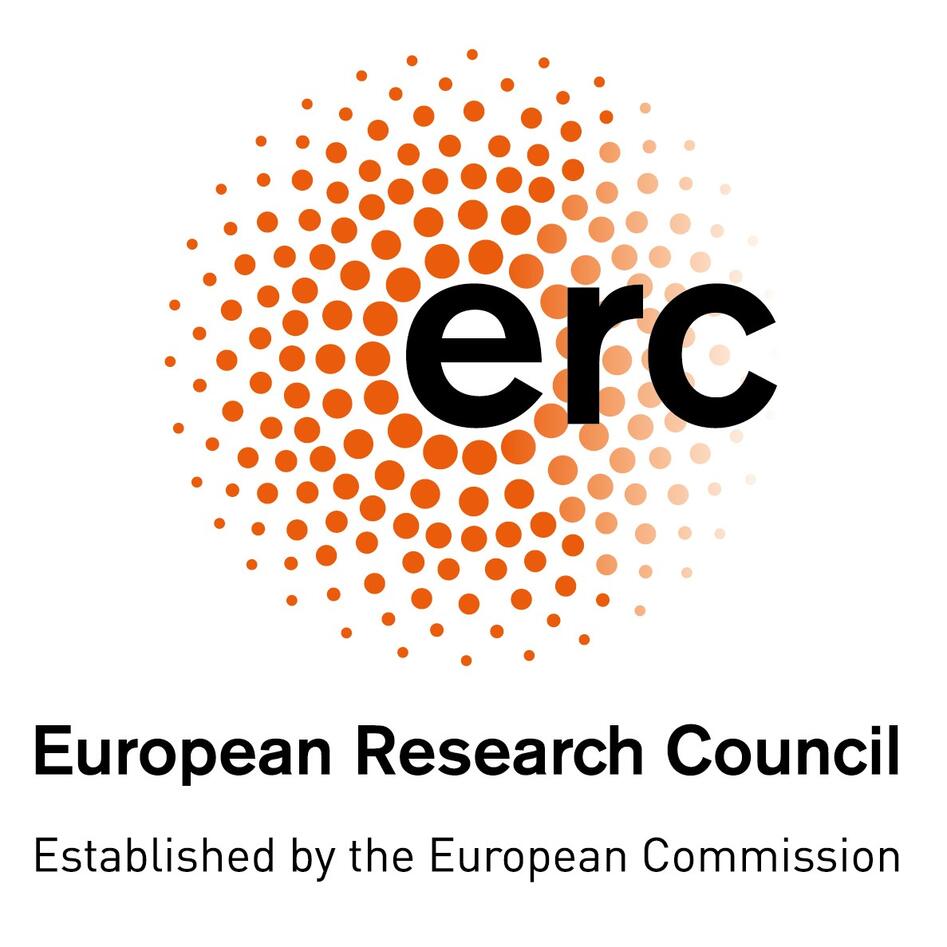Diamond researcher awarded ERC Starting Grant
Diamonds are more than just a girl´s best friend. Justas Zalieckas aims to widen the use of diamond coatings by making it applicable to 3D objects.

Main content
Growing diamonds and finding new ways to apply their properties may sound exotic, but for Justas Zalieckas, a Postdoctoral Fellow at the Department of Physics and Technology, its everyday life. His lates research project, smartGROW, where he dives into diamond coating of 3D objects utilizing nanotechnology, is not only truly exciting, but it has also awarded Zalieckas a ERC Starting Grant.
Diamond Innovation
Due to diamonds inherent properties, diamonds are a desired material to coat a wide variety of objects within many different fields and industries. But the current techniques for creating diamond coatings are mostly applicable to flat 2D surfaces, limiting its use. Postdoctoral Fellow Zalieckas aims to change this.

2D to 3D: Zalieckas aims to create a uniform diamond coating for 3D objects. Both objects have a diamond coating, but the object on the right doesn’t have a uniform coating as shown by the different color shades.
"SmartGROW aims to develop a uniform diamond coating through a new 3D growth technology that circumvents the limitations of today´s state-of-the-art diamond growth techniques. This ambitious goal will be pursued by, among other things, exploiting the unique properties of metamaterials and fractal apertures", says Zalieckas.
In addition to extensive modeling and calculations, Zalieckas also has to build his own 3D coating equipment. Luckily for Zalieckas, that is something he is used to.
"The first machine I built for diamond synthesis was from the parts I purchased from eBay. Since then, I have designed and built several of these machines, and now thanks to the ERC Starting Grant I look forward to taking another step from flat surfaces to 3D coatings", says Zalieckas.

Building his own equipment: Zalieckas can’t buy the equipment he needs for his research. He needs to build it, so it fits to his purpose, just like he has done with this 2D coating machine.
Lower temperatures increase areas of use.
Another integral part of Zalieckas research is to lower the temperature used to synthesize diamonds. Today most diamond synthesis takes place at temperatures ranging from 500 °C - 1000 °C. As such, the high temperatures limit the range of materials used for diamond synthesis.
"In addition to developing a uniform diamond coating I also hope to lower the temperature needed for synthesizing diamonds to 100 °C - 400 °C. By doing so, diamond coting can, for an example, thanks to its unique properties including wear resistance, biocompatibility, and chemical inertness, be used for coating medical implants such as hip replacement", says Zalieckas.
Achieving a uniform diamond coating on 3D objects opens a wide range of research fields and industrial applications. In addition to medical implants, a uniform diamond coating can be used for flexible electronics, aerospace-, and marine industries.
"Another example of diamond usage is protection of the leading edge of Wind turbine blades. By fortifying the edge with a diamond coating Wind turbines can be effective for longer in hard weather conditions such as those we find in the North Sea", says Zalieckas.
